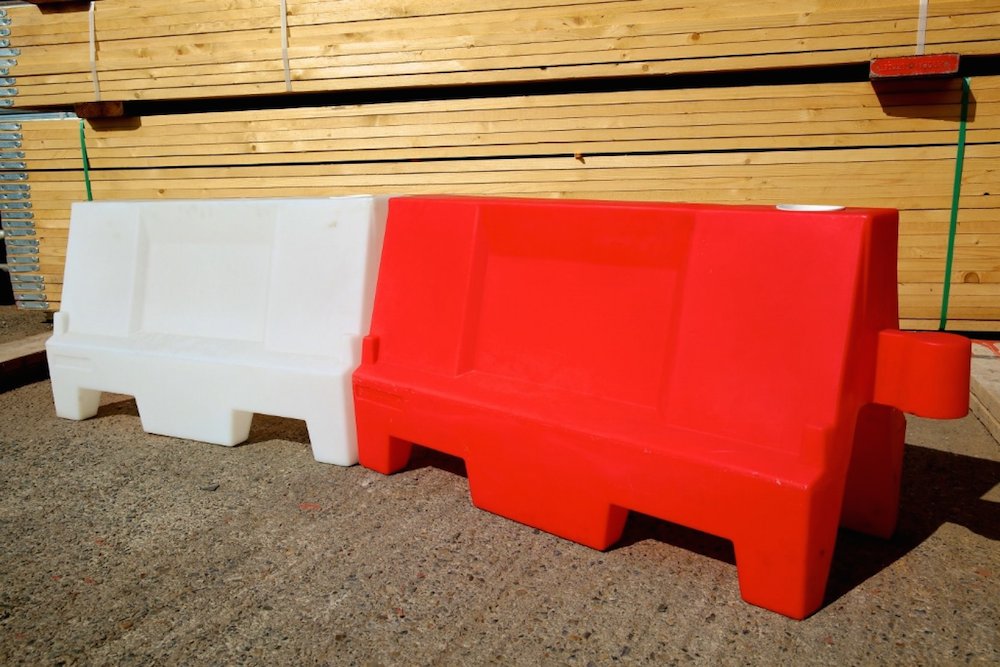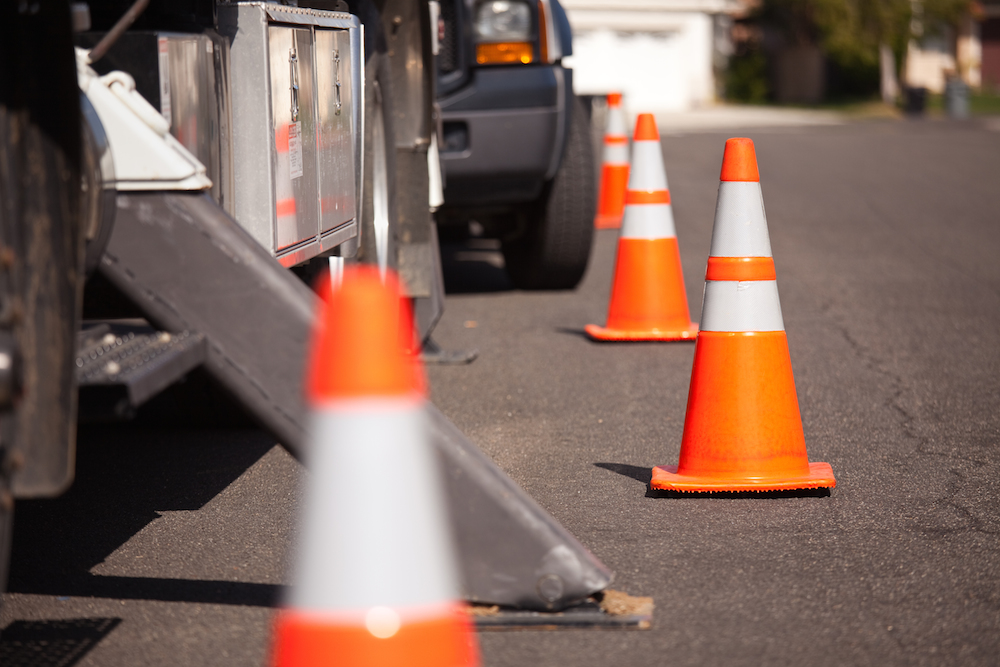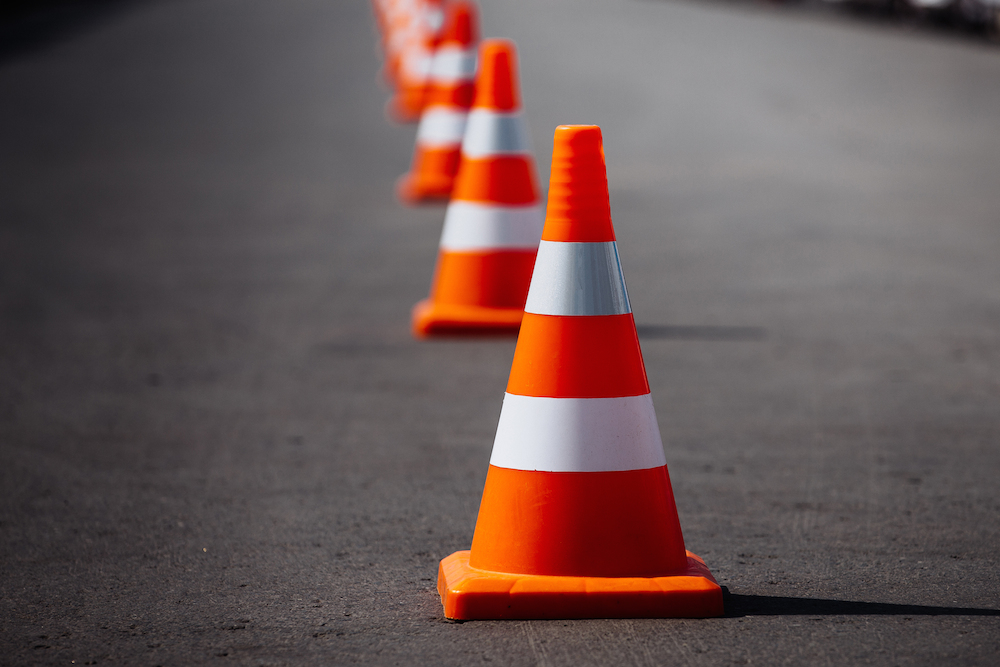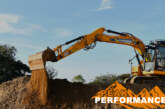Chris Pendrey, SHEQ Manager at Actavo Direct, offers advice on how to safely and efficiently manage onsite traffic.
With construction site traffic breaches rising 74 percent in 2017, management of these systems has become even more crucial to keep onsite staff safe.
Traffic management is key in avoiding vehicle and machinery collisions and keeping pedestrians clear of both, without disrupting working processes.

Let there be light
Visibility is key on congested construction sites. Workers are busy with their own tasks – moving around the site and operating machinery – and without organisation, there’s a risk of injury.
One way to improve visibility is to keep all areas well lit. Smaller, agile lights can be placed on scaffolding tubes and masts to keep objects illuminated, while more powerful overhead lighting is ideal for use on walkways and traffic lanes.
As with all equipment used on site, construction lighting needs to be robust and durable, tough enough to withstand bumps and knocks.
In addition to consistent lighting, the use of reflective traffic cones and strips ensure all pedestrians and potential traffic obstructions are visible to other workers and oncoming vehicles.
Promoting visibility isn’t just about lighting, though. It’s about making sure all hazards and areas that need to be signposted are done so clearly and legible to workers.
Labelling the whole site with illuminated or reflective safety signs provides constant reminders for occupied workers or visitors about any important notices, like specific safety equipment needed or rules on authorised access for certain areas.
For vehicle routes, placing mirrors on corners or narrow lanes gives drivers a full view of what’s behind them or around corners, helping them monitor their speed and assess danger before attempting manoeuvres.

Keep them apart
The main cause of traffic management breaches on construction sites is a failure to keep vehicles and pedestrians safely apart. Without properly assigned and marked traffic lanes and pedestrian zones, accidents are inevitable.
Draw up plans of how you’ll direct traffic flow around the site before you start implementing physical measures, to make sure you’re able to keep routes efficient and safe. Each site will have different needs depending on the size and number of staff.
One of the safest ways to direct traffic is using one-way systems, avoiding head-to-head collisions. However, depending on the size of your site this could be more time-consuming, with drivers having to cover the whole site just to make a small trip.
This could be avoided by adding turning circles in each lane, with enough room for large delivery trucks and forklifts carrying awkward objects to turn safely. The recommended size for safe turning is a 12.5-metre radius for large vehicles, which can be a challenge on smaller sites. The best solution is always the safest though, not the most convenient.
Once you’ve devised a plan that keeps traffic apart, you can begin to physically implement the system.
Traffic management solutions like barriers, separators and fences safely divide traffic, with sturdier designs being able to withstand strong winds and knocks from vehicles. Some traffic separator models can be filled with sand or water to provide added stability.

Stay on your toes
Construction sites can be unpredictable, with deliveries and visitors entering the site and workers often under tight deadlines to finish tasks. Both sites and staff need to be agile to adapt to unexpected situations or periods of higher traffic.
Using a combination of more permanent fixtures like heavy traffic barriers, plus lighter, moveable traffic cones allows you to redirect traffic and create new lanes to deal with temporary congestion.
New visitors to the site won’t be familiar with the safest routes and where the busiest pedestrian areas are, so designating a labelled passage for deliveries or non-staff members is key. It should include safety information like speed limits and any oncoming hazards or blind spots.
Safety needs to be the main priority when planning any task. For example; for delivery trucks entering the site, this would mean minimising their route to the drop-off point and making sure they encounter as little traffic as possible.
Further considerations would then include how much room they’ll need to turn around at the drop-off point and how much room is required to safely unload the truck. It’s important to provide ample room for all vehicles to safely perform their tasks without putting themselves or other workers at risk.
The easiest way to prepare workers for any onsite changes or temporary measures is to ensure everyone entering the site, including visitors, are provided with full health and safety gear.
Sturdy boots with gripped soles and ankle support are key for those operating machineries like forklifts and cranes, giving them greater control. Additional kit like safety goggles provide visibility for those on dusty sites where sight is compromised, and hi-vis jackets should be worn by anyone on site during periods of limited lighting.










